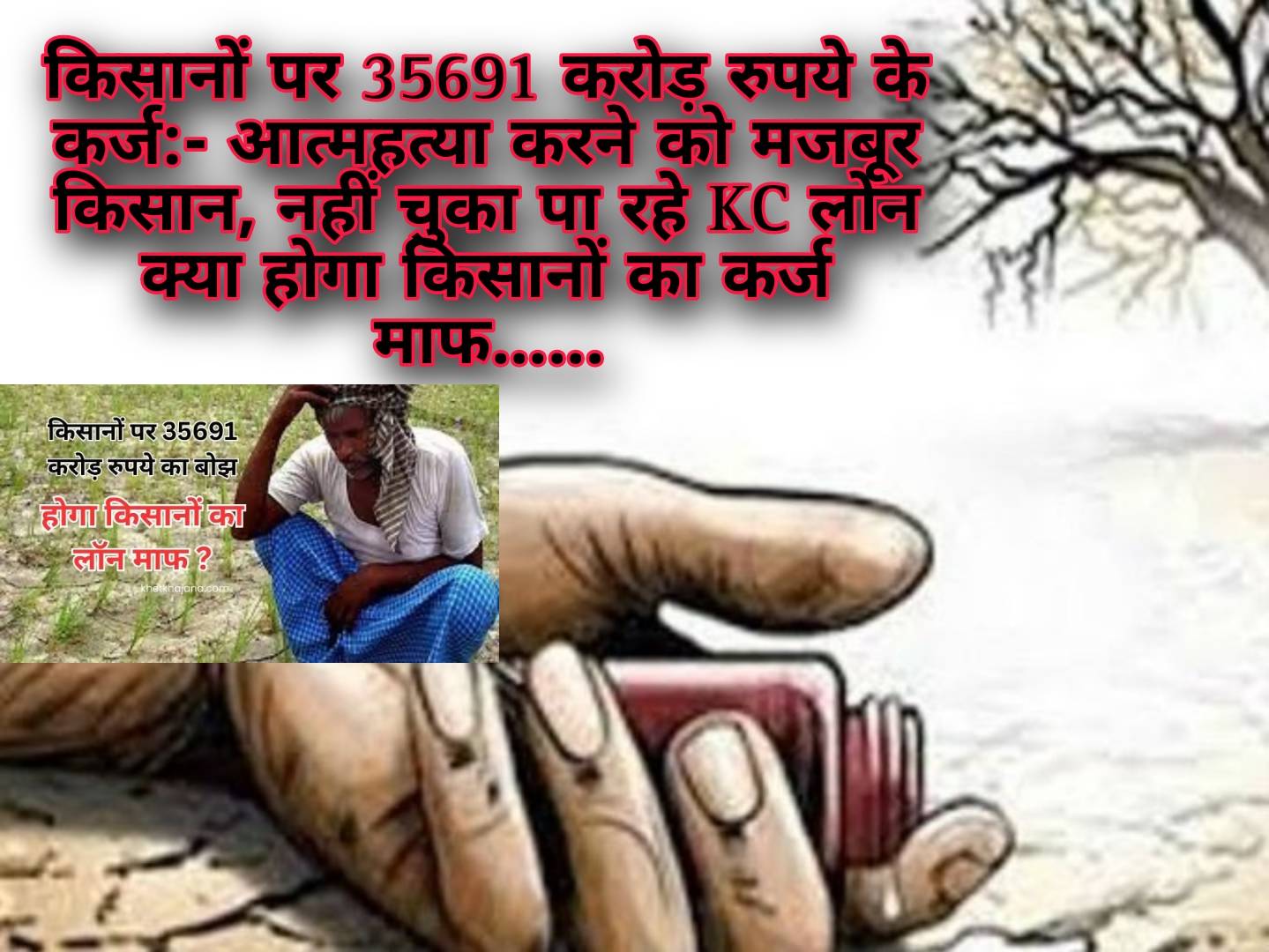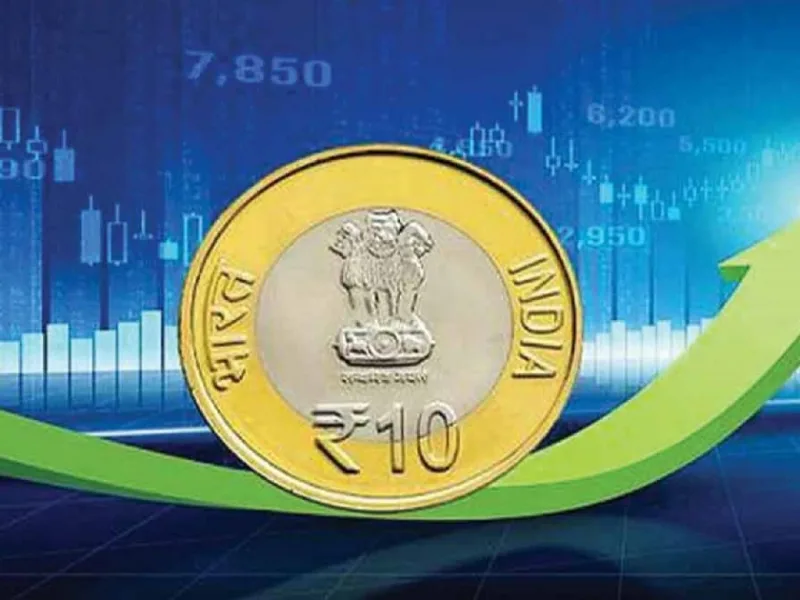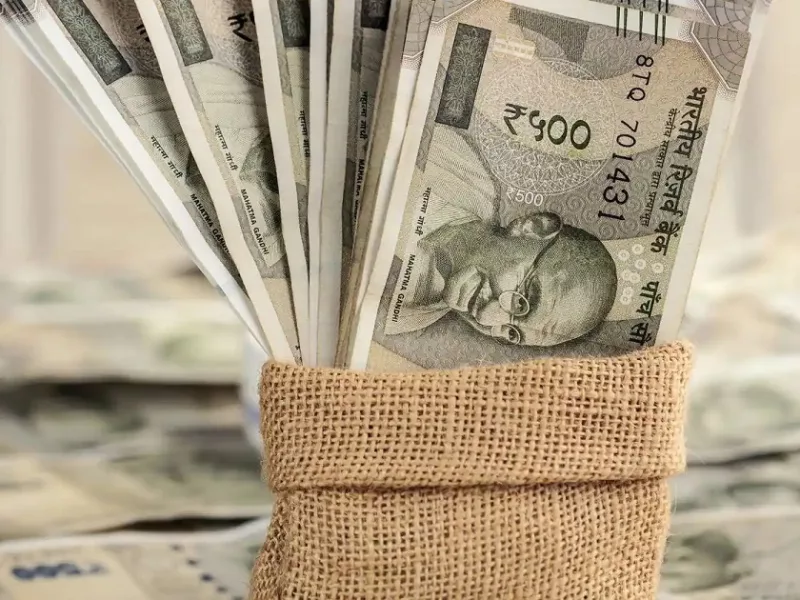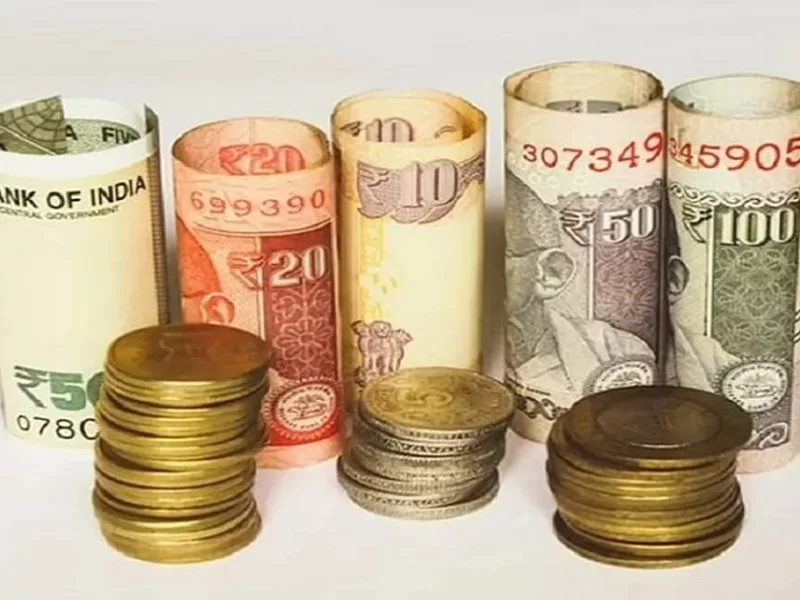Introduction
The plight of Indian farmers is escalating, primarily due to changing weather patterns and lack of expected profits. In Uttar Pradesh alone, over 2.6 million farmers have been unable to repay their agricultural loans on time. These farmers are burdened with a debt of INR 35691 crore through the Kisan Credit Card (KCC) scheme. The banks have classified these loans as Non-Performing Assets (NPAs). Moreover, the unfavourable weather this year continues to wreak havoc on agriculture, posing more challenges for farmers in the coming days.
Farmers’ Struggle with Agricultural Loans
The KCC scheme was introduced by the government to empower farmers, offering them loans at lower interest rates to improve their crop yield. The interest rate on KCC varies among different banks, but it stands around 7%. However, the government has provided some relief to motivate farmers. If farmers repay their loans within a year, they receive a 3% discount on the interest, lowering the rate to 4%.
The data for KCC issued in the financial year 2022-2023 is as follows:
– Commercial banks: 3632276 cards issued, INR 51921.07 crore loans
– Regional Rural Banks: 4257999 cards issued, INR 44266.39 crore loans
– Cooperative banks: 226131 cards issued, INR 97640.51 crore loans
Crop Insurance Scheme and Farmers’ Concerns
Farmers are also concerned about the crop insurance scheme. The government has extended the date for crop insurance until August 10, but farmers need to consider their KCC. Insuring crops through KCC would make the process easier. Although clear rules have not been issued yet, the Indian government’s efforts could assist farmers in the future.
Banks’ Worries Over Unpaid KCC Loans
Banks are also worried about the unpaid KCC loans. In a meeting with the Agriculture Minister, bank representatives had planned to charge interest, hoping that farmers would expect this loan to be waived off. However, the government has clarified that loans will not be waived off in such cases. Now, farmers need to focus on repaying their agricultural loans on time and on insuring their crops.
Conclusion: The Growing Problems of Indian Farmers
The problems of Indian farmers are increasing, and the government will have to work hard to find solutions to these problems. Banks also need to determine their direction and help farmers face their financial problems. A concerted effort for a robust agricultural sector will surely bring success and ensure the country’s economic development. The government, banks, and farmers must work together to overcome these challenges and create a more sustainable agricultural sector in India.








